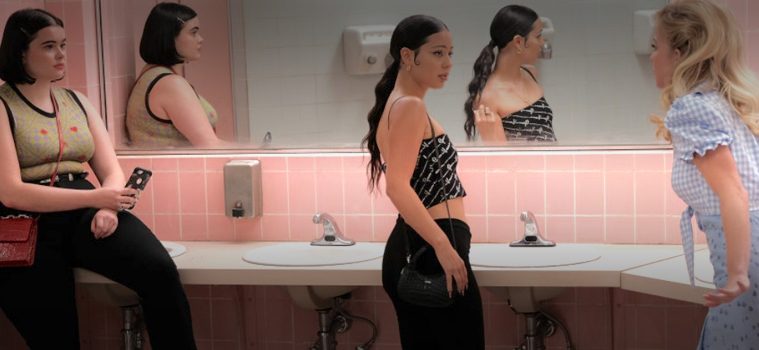VIDEO – THIS IS NOW –
Feb. 28, 2022 – It’s making addicts and the people who love them feel less alone, and it’s illuminating the dark reality of addiction for people who might be struggling to understand. The show’s not just entertainment—I’d argue it has the power to change people’s lives. As a child of the ‘90s, Jessie Spano’s pill problem on Saved by the Bell comes to mind as the first depiction of drug use I remember seeing on television. Overwhelmed with studying for the geometry midterm and preparing for a performance at The Max, Jessie turns to caffeine pills. Although Jessie’s angst is palpable in a scene where she hurries to grab her pills and then breaks into song and later sobs, the scene plays as overwrought and corny. The message was D.A.R.E.-levels of clear: Say no to caffeine pills!
Like Saved by the Bell’s Jessie pill-popping stint, other beloved teen dramas of the aughts like Degrassi made addiction into a side-show plot point. The Degrassi franchise has been compared to Euphoria and was undoubtedly ahead of its time in its portrayal of topics like drug use, rape, and abortion, but still, its execution when it came to addiction fell short. When Eli uses MDMA in a relatively light-hearted scene, there’s no grinding teeth. There are no dilated pupils, sweating, exaggerated sense of touch, or blurred vision–the tell-tale physicalities that come with MDMA. There’s also no internal processing from Eli in his altered state. Experiencing the interior highs and lows of drug use along with a character is fundamental to understanding the full-range of the addict’s plight, and Degrassi was surface level at best.



